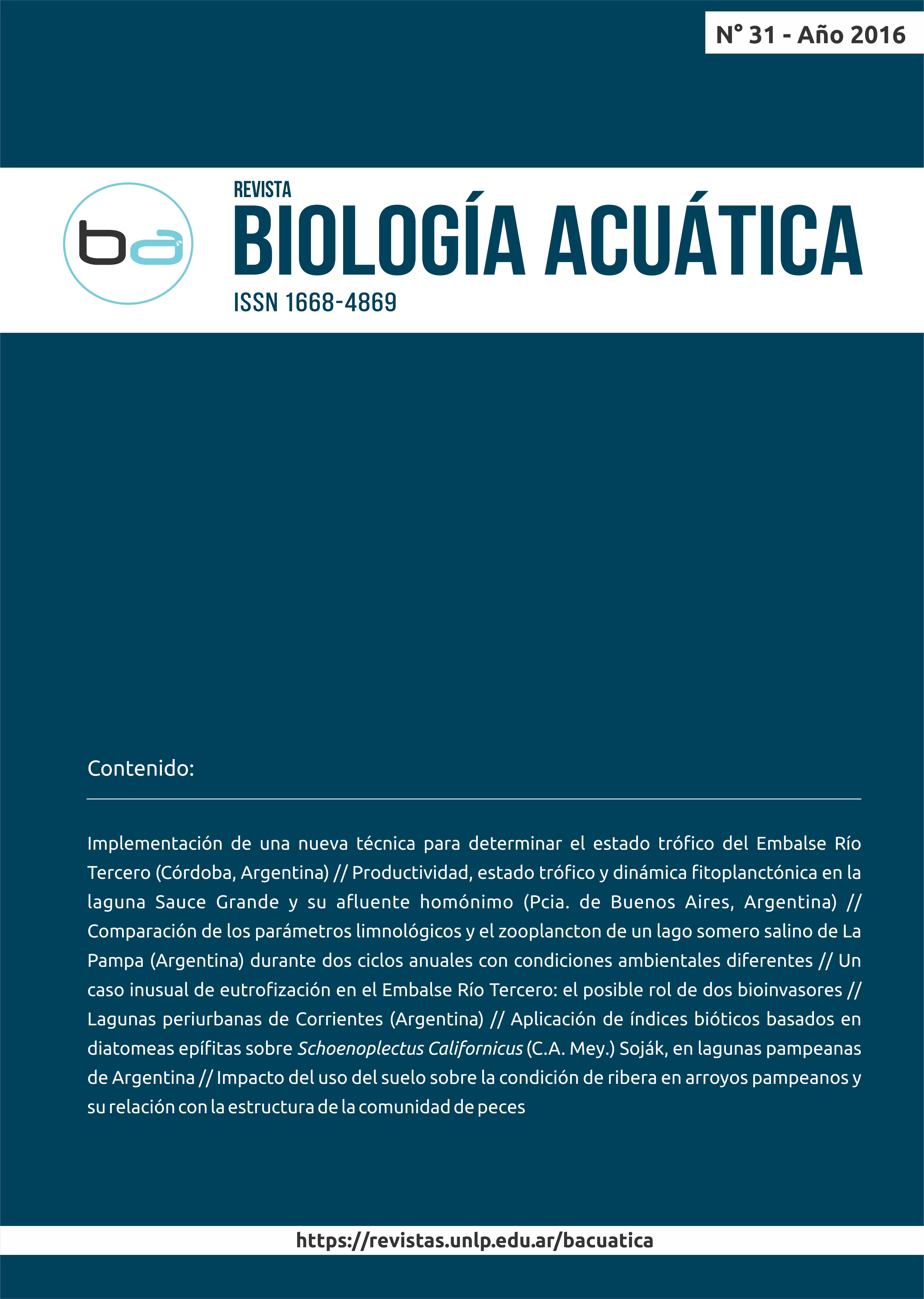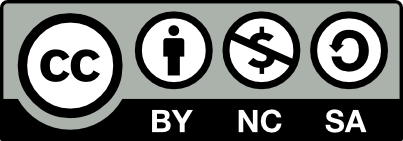Implementación de una nueva técnica para determinar el estado trófico del Embalse Río Tercero (Córdoba, Argentina)
Palavras-chave:
concentración de clorofila a, estado trófico, embalses, sensores remotos, sistema información geográficaResumo
The trophic state of a water body is determined by indexes, which allow an overall assessment of the quality of the reservoir. However, the main disadvantage of this methodology is its limited ability to expose spatio-temporal differences in the reservoir. Thus, there is a strong need to develop new technologies that can extend the scope of monitoring and management of water resources. The objective of this study is to determine the dynamic of the trophic state of Río Tercero Reservoir (Córdoba, Argentina), from the combination of preestablished geostatistical models, constructed from remote sensing data, and trophic indexes. In addition, the generated models were validated using data collected in new sampling campaings. Variables were measured in 15 sampling sites during two sampling campaigns (dry and wet seasons). Measured chlorophyll a concentration (Chl a) was combined with Landsat ETM+ data and geostatistical models to determine the spatio-temporal distribution of this variable in the reservoir. Using a geographic information system the constructed maps were combined with a trophic index to estimate the trophic state in the reservoir. Maps showed that estimated Chl a values in dry season were higher than in wet season which showed a longitudinal pattern with the lowest Chl a values in the West and highest concentrations in the East region of the reservoir. The same behavior was observed in the graphical representations of the trophic state. The developed methodology could be used by watershed authorities as a technological tool for the monitoring and managing of reservoirs. Also, it could be extrapolated to other water systems.






















